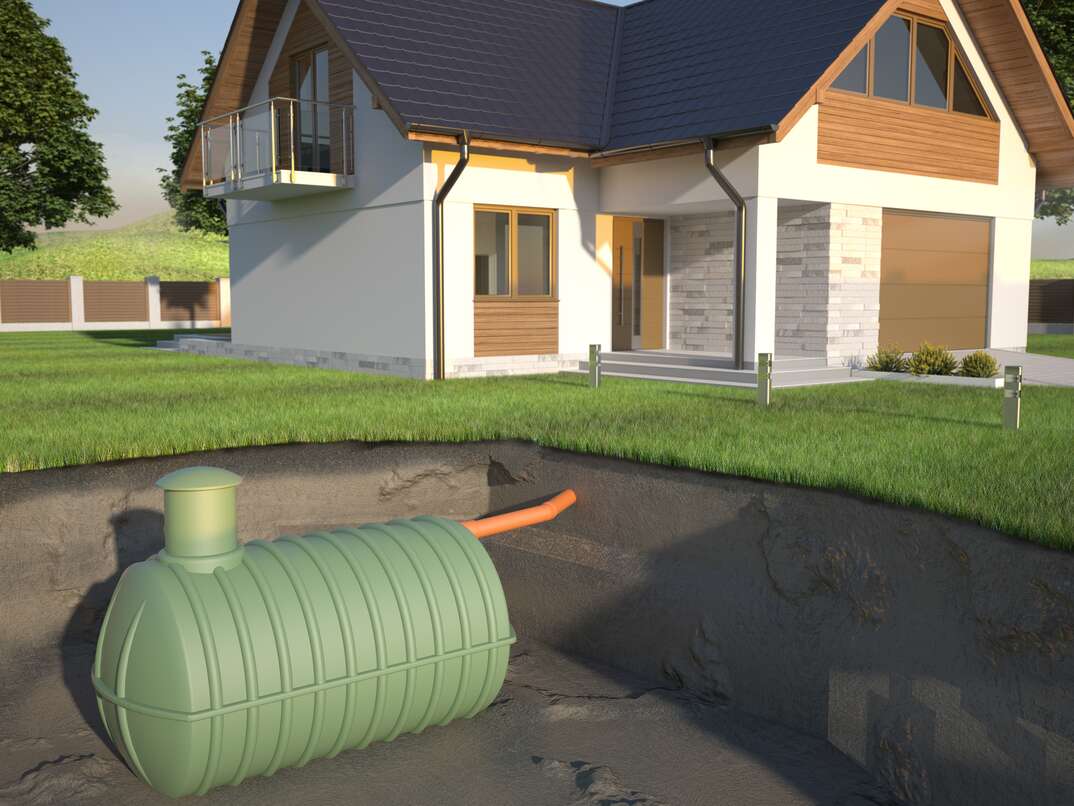Certain aspects of home ownership are not often discussed until there is a problem. One such crucial yet often overlooked component of a home is the septic system. It is easy to assume that it will do its job perfectly without maintenance. Like all systems that has a life expectancy and will eventually require replacement.
Homeowners who aren’t prepared may find it difficult to afford the expense of a new septic system. Many factors contribute to the overall cost, making it crucial to know the factors that go into planning a new septic system.

Knowing the real cost to replace tanks requires weighing many aspects that go beyond the obvious cost amount. The tank that was previously used must be removed and a brand new one put in place. The price will be influenced by multiple services and components. From obtaining permits to hiring contractors to construction and excavation, each phase has costs that homeowners must be aware of so that they can budget effectively.
The cost of replacing the septic system which includes the cost of installation for the leach field and septic system itself is an important aspect. The price of new tank can vary significantly depending on the size and materials of the tank, and also the complexity of the installation. The price can be influenced by the location of your home along with local regulations and the soil conditions. It is recommended to consult with experts from septic systems who will evaluate your needs and provide an accurate estimate. The experts will look at aspects like the size and shape of your leach fields to provide an accurate estimate of the total costs of your septic system.
Leach fields or drainfields are another major cost. This element is vital for the treatment and dispersal of the wastewater. Costs for replacing a leach field that has been damaged or ineffective can be substantially increased with careful planning. Factors such as the size of the field, soil composition and access all impact the expense, making it important to consider these factors when making a calculation of the cost total.
The cost of installing a new septic system is not only tangible, but also intangible. This process may disrupt your daily routine by requiring that you leave your home or limit the use of water while installation is being done. Be aware of these inconveniences when planning your project since they can impact your daily routine, and could bring additional costs including accommodation or changes to your routine.
It’s also important to know that maintaining your septic tank on a regular basis is vital to extend its lifespan and minimizing the chance of a premature replacement. Inadequately performing routine maintenance can cause more serious problems in the future, such as damage to drainfields, or even tank failure. It is wise to include septic system expenses in your budget. This will help you save money.
You may have realised that determining the total cost of replacing a septic tank isn’t an easy task. It is a careful analysis of several aspects, from the size and material of the tank, to the complexity of the installation and condition of the leach field. In addition, the place of your property as well as local regulations could impact the total cost. It is essential to speak with professionals who are experienced in changing the septic system.
If you are considering replacing your septic system, it’s possible to be stunned by the hidden expenses. These expenses can add up quickly, and it’s essential to be aware of them prior to making a decision. For more information, click septic replacement cost
A few of the hidden costs associated with a new septic system are:
The cost of permits and inspections. You’ll have to get permits from your local authorities prior to beginning working on your septic system replacement. These permits may be costly, and you might also need to pay additional for inspections.
The expense of excavation and removal. Before the new system can be installed, it is necessary to dismantle and remove the old system. It can be a very costly process, particularly when it’s difficult to access the previous system.
The cost for backfilling and gradeing. When the old system is taken away, it will be necessary to grade and backfill the hole. This will ensure that your new system drains correctly.
Costs of landscaping. You might need to plant a garden in your area following the installation of your new system to maintain it in a neat and tidy manner. This can be costly, especially if a landscaper is required.
Planning for a septic replacement should include hidden expenses. Avoid unpleasant surprises in the near future by creating a plan in advance.
The decision to invest in environmentally friendly septic solutions is a great option for homeowners who have a tight budget. These cost-efficient alternatives are also environmentally friendly, as they lower water pollution and help reduce runoff. Eco-friendly septic systems are becoming more affordable and available making them an excellent choice for those who wants to minimize the environmental impact of their property without going broke. Although there are some initial costs involved with switching to an eco-friendly solution, the savings over time will more than make up the cost of these. Green isn’t just a fashion statement, but a fundamental life-style change that everyone should contemplate if they’re determined to protect our planet for generations to come. With the proper system in place, you can have peace of mind knowing that you’re contributing for the entire world community while also ensuring that your property can function effectively and efficiently with minimal maintenance requirements and a lower cost per month.